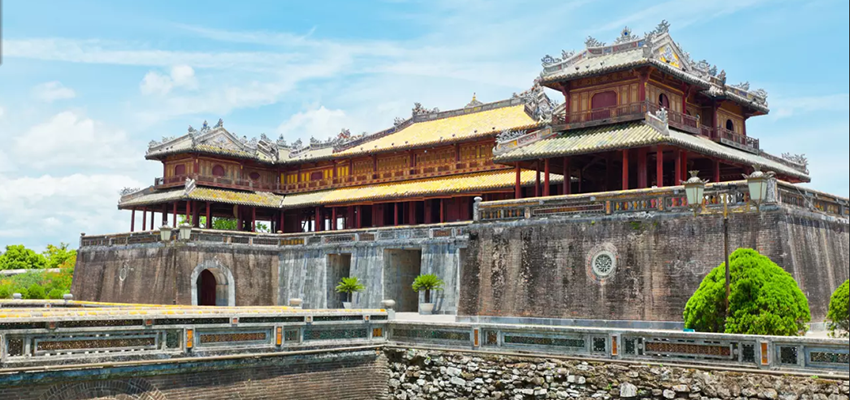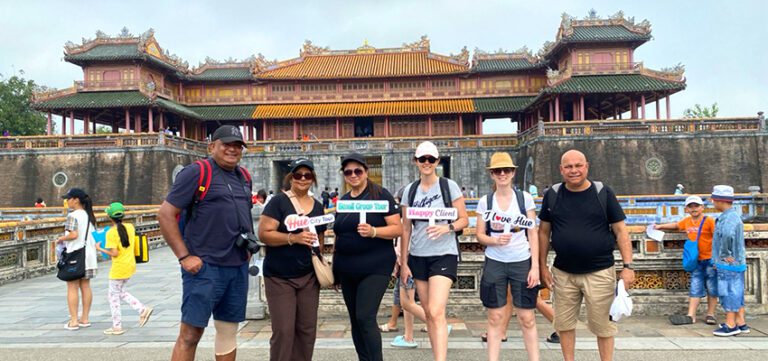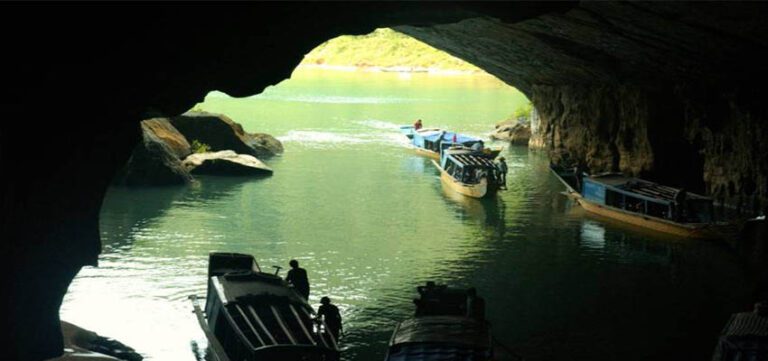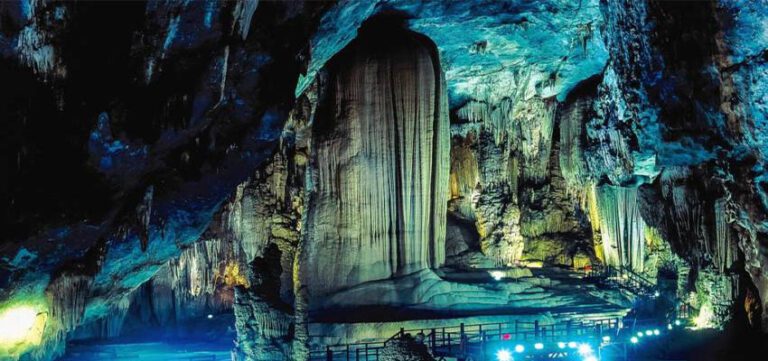Established as the capital of unified Viet Nam in 1802, Hué was not only the political but also the cultural and religious centre under the Nguyen dynasty until 1945.

History
ALL you need to know about the ancient capital
Hue Vietnam, the former imperial capital, boasts a long-lasting treasure trove of world-renowned ancient wonders, distinctive cultural traits, and delightful traditional cuisine, where visitors can immerse themselves in Vietnam’s illustrious history as if they are traveling back in time.
Hue originally belonged to a prefecture of the Champa Kingdom before the occupation of the Vietnamese. Hue, Vietnam had started its long history as a feudal capital since when it was ruled by the nine Nguyen lords of Inner Realm (Central and Southern Vietnam) from 1687 to 1775. Subsequently, the Tay Son brothers conquered Hue and it remained the administrative capital from 1788 to 1801. After the fall of the Tay Son Dynasty, Emperor Gia Long (Nguyen Anh), a successor of the Nguyen lords, recaptured Hue Imperial capital and unified the Vietnamese monarchy, which paved the way for the reign of the thirteen emperors of the Nguyen dynasty – the last dynasty in Vietnam from 1802 to 1945.

Hue City - The Ancient Capital
Huế is a historic city in central Vietnam, located along the Perfume River. It was the capital of the Nguyễn Dynasty, which ruled from 1802 to 1945, making it the last imperial capital of Vietnam.
Historical Significance:
Huế was the political, cultural, and religious center of Vietnam under the Nguyễn emperors. Its historical importance is reflected in its many monuments and royal architecture.Imperial City:
The Huế Imperial City (Citadel) is a UNESCO World Heritage Site. It includes palaces, temples, walls, and the Forbidden Purple City—once the emperor’s private residence.Cultural Heritage:
Huế is known for its refined culture, traditional music (like Nhã nhạc – royal court music), and elegant cuisine developed to serve the royal family. Signature dishes include Bún bò Huế, Cơm hến (clam rice), and a variety of unique royal-inspired desserts.Pagodas and Tombs:
The city is home to several famous pagodas (like Thiên Mụ Pagoda) and the royal tombs of Nguyễn emperors, such as those of Tự Đức, Khai Định, and Minh Mạng.Natural Beauty:
Surrounded by mountains and rivers, Huế offers scenic landscapes and a peaceful atmosphere, especially compared to larger cities like Hà Nội or Hồ Chí Minh City.Climate:
Huế has a tropical monsoon climate, with a long rainy season (especially from September to December), and hot, dry summers.
In summary, Huế is a city rich in royal heritage, culture, and traditional Vietnamese charm—making it a must-visit for those interested in history and architecture.





